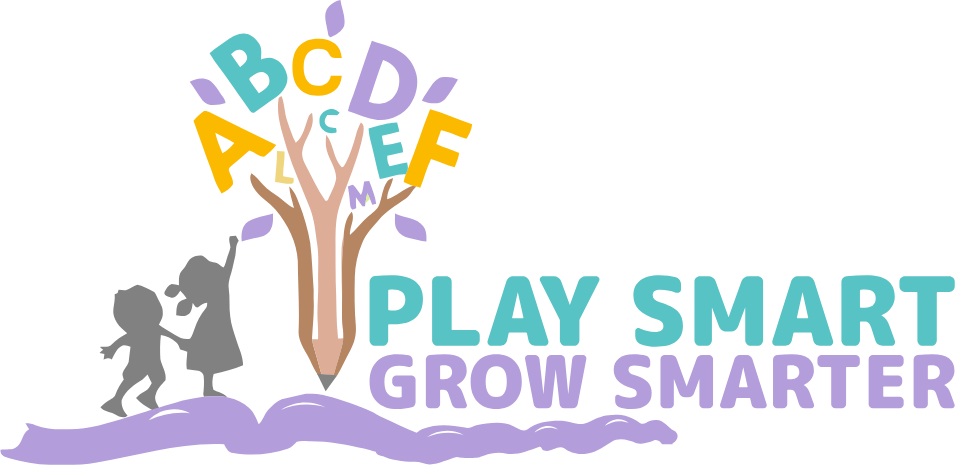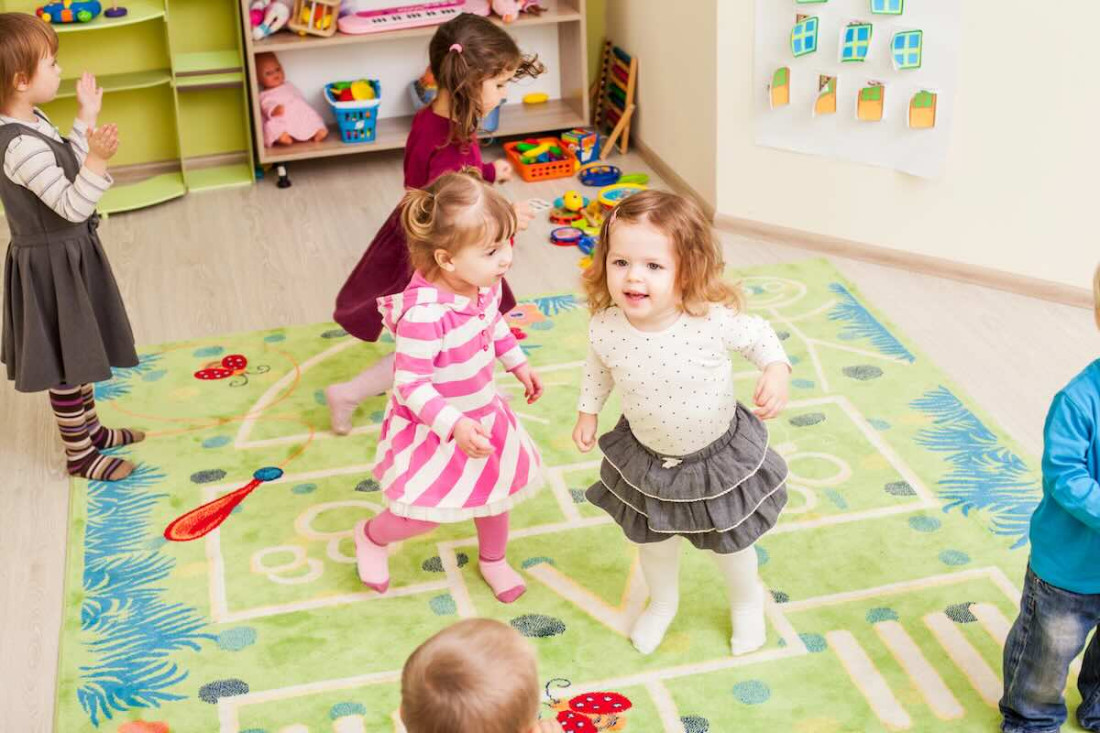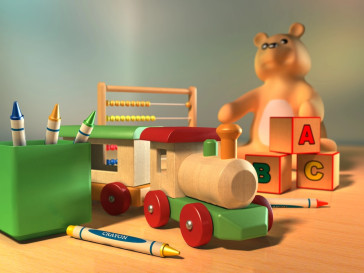Supporting Different Learning Styles with Classroom Rugs
The right classroom rug can do so much more than cover a cold floor—it can also enhance learning experiences by catering to the various ways children absorb information. Some students learn by seeing, others by moving or listening, and a classroom rug can be a flexible tool to create learning spaces tailored to each student’s needs. Let’s dive into how rugs can support different learning styles and how you can get the most out of your classroom space with a few simple choices.
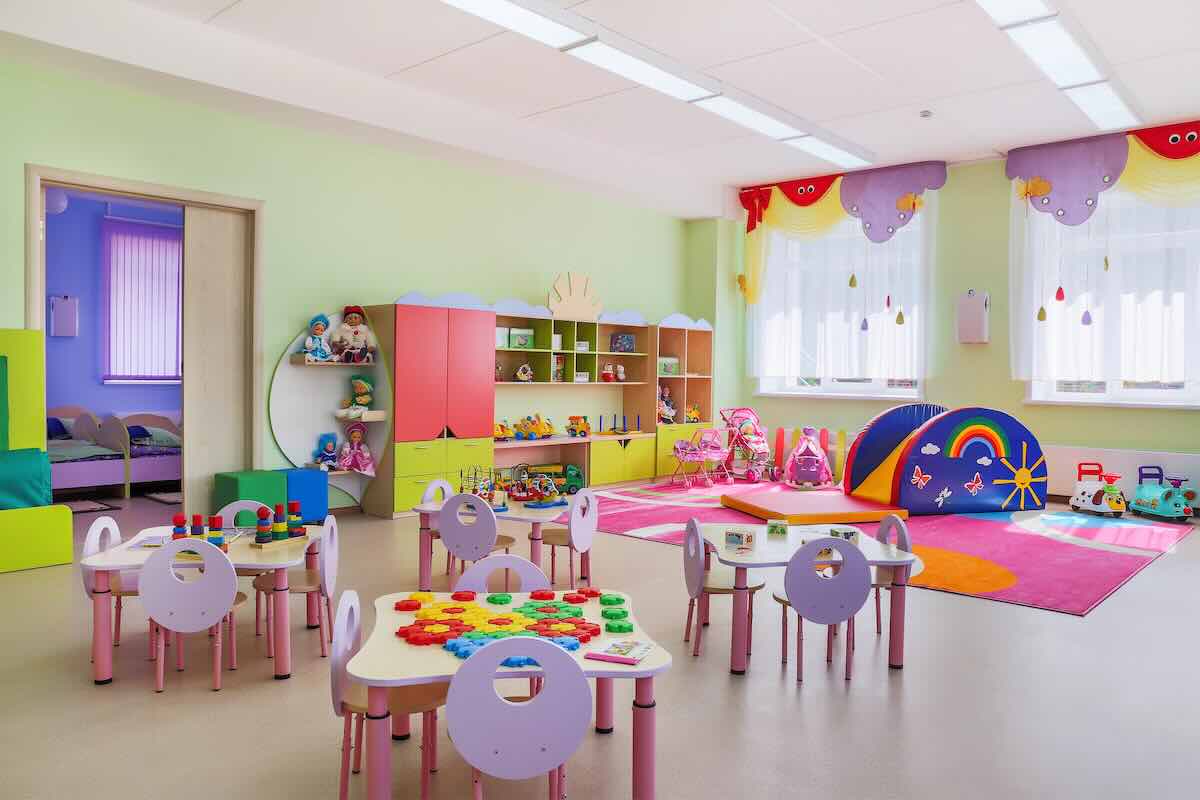
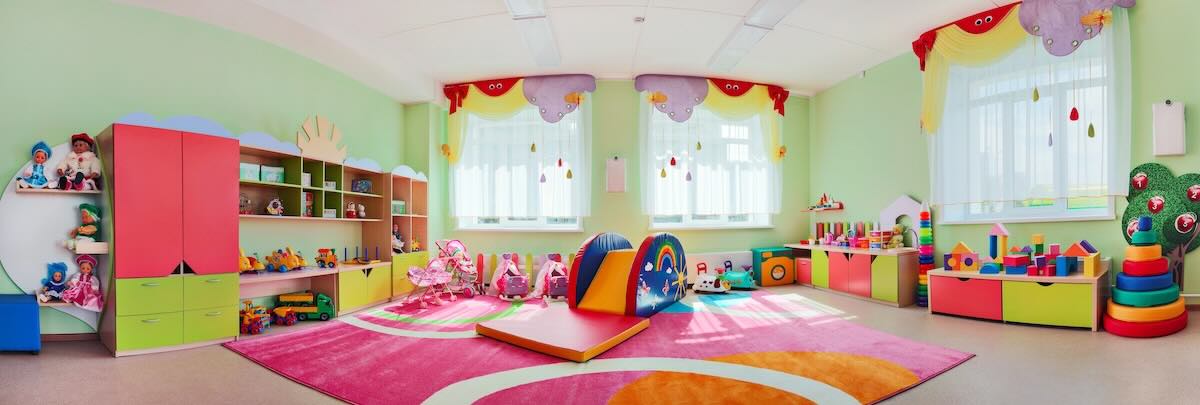
Why Classroom Carpets Matter for Learning Styles
Classroom rugs provide defined spaces that encourage students to focus, socialize, or take a break. According to research from Education Corner, understanding different learning styles helps teachers to provide better support for each student's educational journey. Rugs can facilitate this by creating learning zones for different types of activities, helping students engage in a way that suits them best.
Learning Styles and Their Unique Needs
Visual Learners
Visual learners absorb information best when they can see and organize details. A classroom rug with distinct patterns, grids, or vibrant colors can help visual learners focus and feel more engaged.
Rug Tip: Choose rugs with patterns or pictures, like alphabet or number rugs, to reinforce visual learning 📚.
Auditory Learners
Auditory learners process information through sound and conversation. A circular rug can create a natural area for group discussions, storytime, or music sessions.
Rug Tip: Opt for rugs that define group spaces where students can participate in conversations and listen to instructions 🎤.
Kinesthetic Learners
Kinesthetic learners need movement to focus. Soft rugs create zones where they can fidget, sit on the floor, or even practice movement activities.
Rug Tip: Use rugs with extra space or cushioned textures to encourage comfortable seating and movement 🙋.
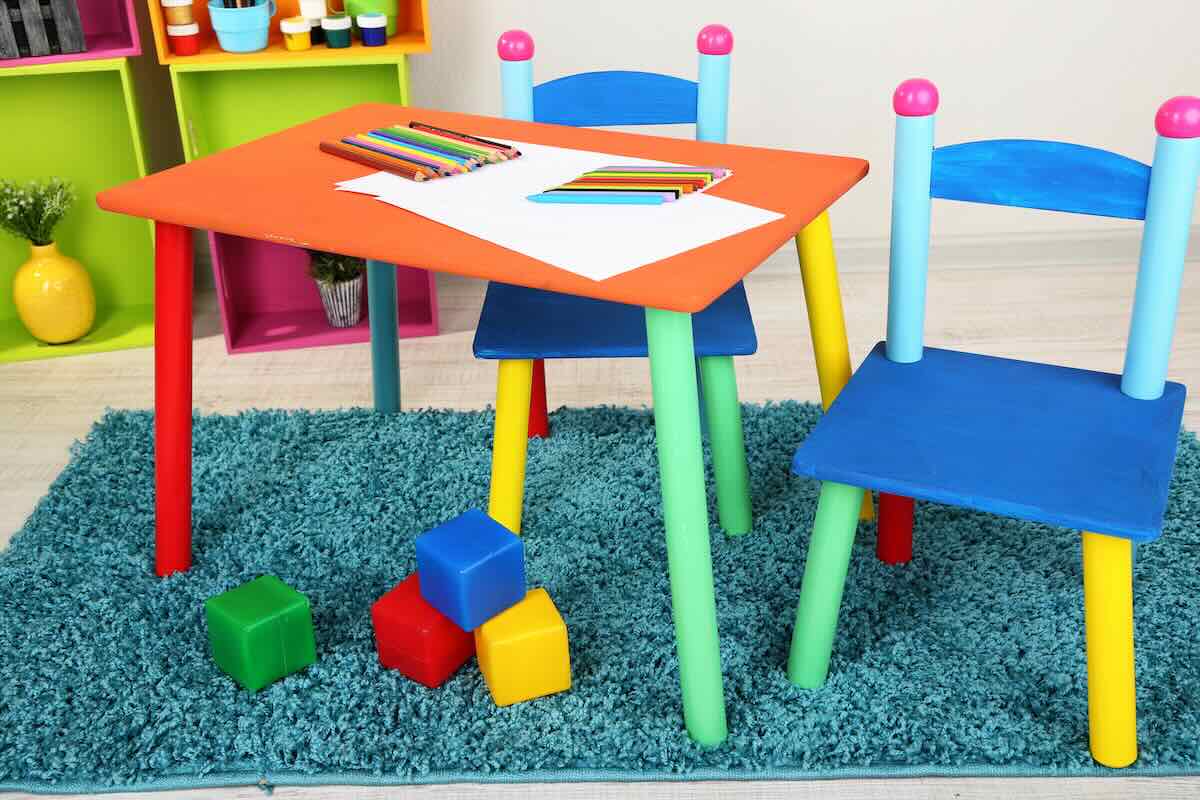

Types of Classroom Rugs for Different Learning Styles
Interactive Rugs
Interactive rugs feature educational patterns, like alphabet grids or world maps, supporting visual learning by associating concepts directly on the rug.
Sensory Rugs
Sensory rugs offer textures or padding, ideal for kinesthetic learners who need tactile engagement to stay focused 💤.
Zoned Rugs
Zoned rugs divide a classroom into sections, helping students recognize different spaces for different activities 📚.
Visual Table of Classroom Rug Types and Learning Styles
| Learning Style | Rug Type | Key Features | Placement Tips |
|---|---|---|---|
| Visual Learners | Interactive Rugs | Alphabet grids, numbers, colorful patterns | Place near reading or focus areas |
| Auditory Learners | Circular Rugs | Encourages group conversations and storytelling | Place in group discussion areas |
| Kinesthetic Learners | Sensory Rugs | Soft textures, tactile elements | Provide ample space for movement |
| Social Learners | Zoned or Circular Rugs | Designated seating areas for groups | Place in collaborative activity zones |
| Solitary Learners | Individual Mats or Small Rugs | Quiet, personal space | Place in quieter corners or personal study areas |
Sources
- Education Corner. "Learning Styles." https://www.educationcorner.com/learning-styles.html
